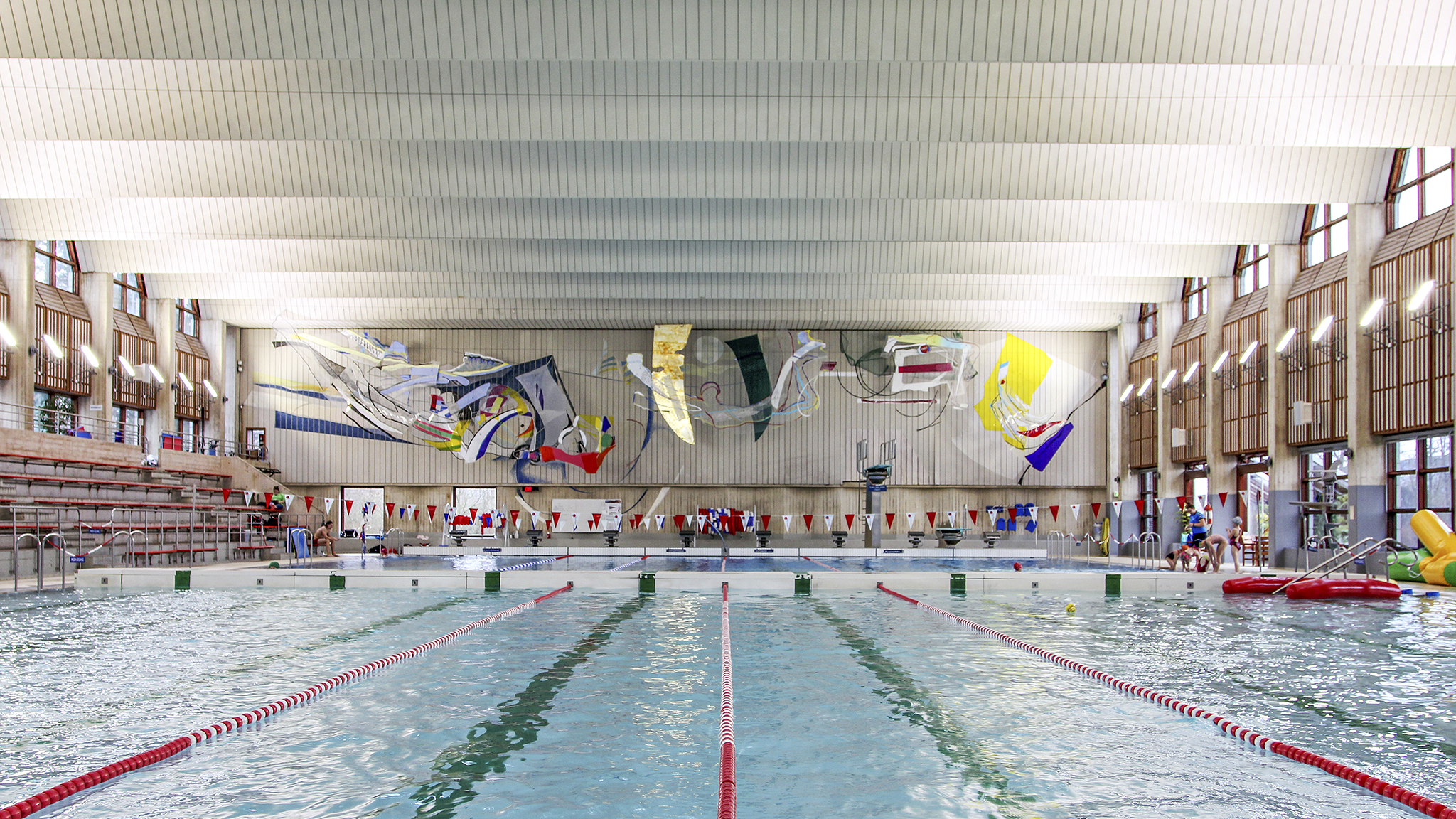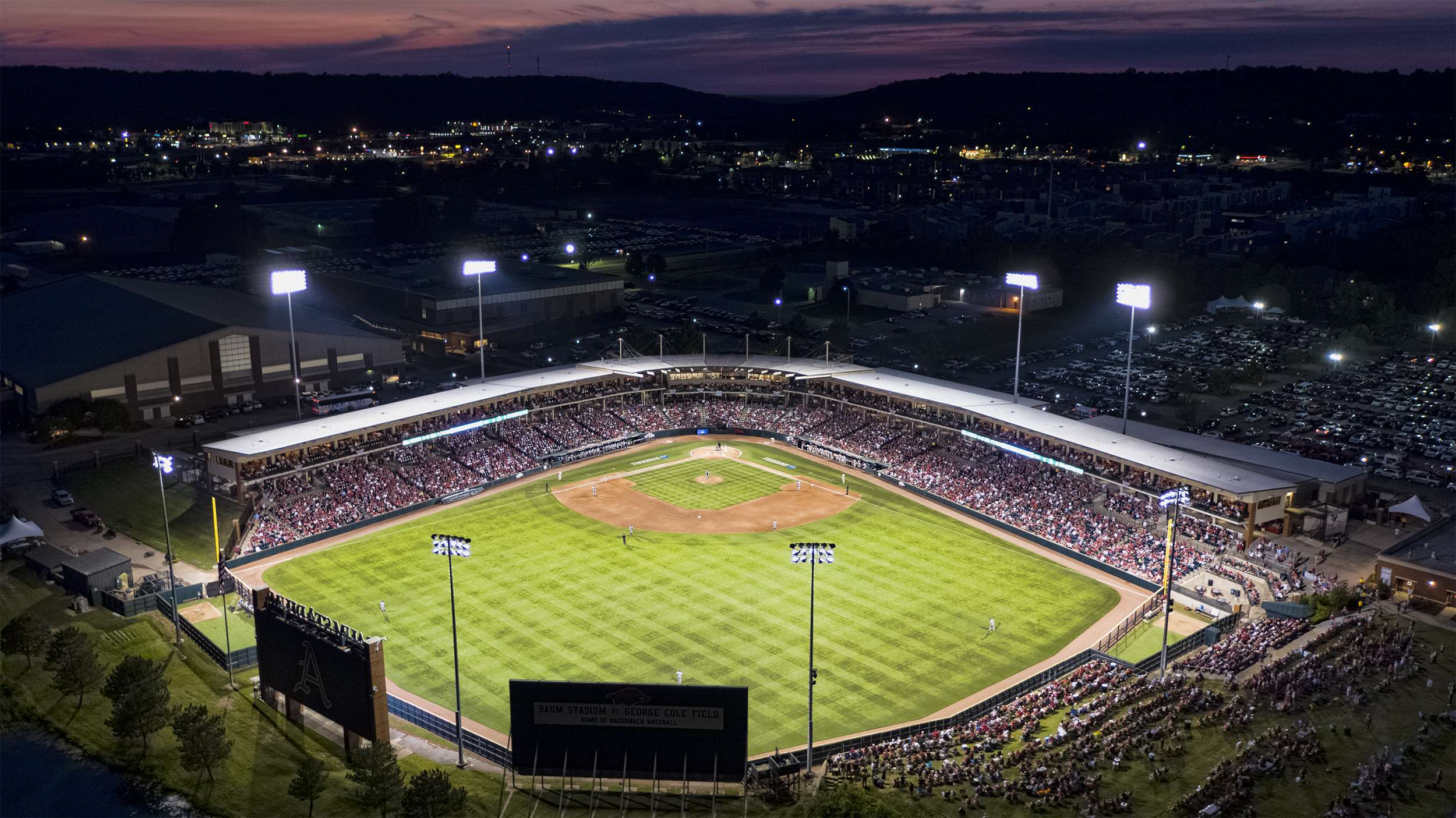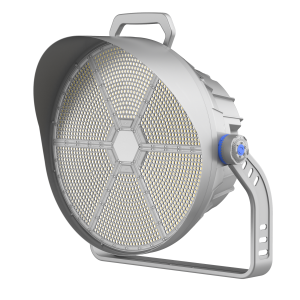The Benefits of an LED Parking Lot Lighting Retrofit
Retrofitting a parking lot with LED lighting offers several significant benefits, which can be broadly categorized into energy efficiency, cost-effectiveness, improved safety and visibility, environmental impact, and maintenance requirements. Here’s a detailed look at each of these advantages:
- Energy Efficiency: LED lights are highly energy-efficient compared to traditional lighting solutions like metal halide or high-pressure sodium lights. They use significantly less power to produce the same amount of light, which means lower energy consumption overall. This efficiency translates into lower electricity bills and a reduction in energy use, which is beneficial for both the environment and the bottom line.
- Cost-Effectiveness: Although the initial cost of LED lights might be higher than traditional lights, they are more cost-effective in the long run. This cost-effectiveness is due to their lower energy consumption and longer lifespan. LEDs can last up to 50,000 hours or more, which is several times longer than most conventional lighting solutions. This longevity reduces the need for frequent replacements, saving money on both the cost of new lights and the labor to install them.
- Improved Safety and Visibility: LEDs provide superior illumination compared to traditional lighting. They offer a brighter, more uniform light that improves visibility in parking lots. This enhanced visibility can help reduce accidents and deter crime, as well-lit areas are often less attractive to criminals. Also, LEDs have better color rendering, which means the colors of cars, people, and surroundings appear more natural at night, improving the overall safety and experience for users.
- Environmental Impact: LEDs are more environmentally friendly than many traditional lighting options. They do not contain hazardous materials like mercury, which is found in some types of traditional lighting. This makes them safer to handle and easier to dispose of or recycle. Additionally, their reduced energy consumption means a lower carbon footprint, contributing to efforts against climate change.
- Maintenance Requirements: LEDs require less maintenance due to their longer lifespan and durability. They are less prone to breakage and wear and tear because they do not have filaments or glass components. This durability means fewer outages and less frequent need for repairs or replacements, which not only saves costs but also reduces the inconvenience of having parts of a parking lot poorly lit during maintenance.
- Adaptive Control: Modern LED lighting systems often come with advanced control options. They can be dimmed or brightened as needed and can even be equipped with motion sensors to increase brightness when movement is detected. This adaptability not only enhances energy savings but also adds an extra layer of safety and convenience.
How to Choose LED Lighting for Parking Lots
Choosing the right LED lighting for parking lots involves several key considerations to ensure that the lighting is effective, efficient, and appropriate for the specific needs of the area. Here are some important factors to consider when selecting LED lighting for parking lots:
- Brightness and Light Output (Lumens): The brightness of LED lights is measured in lumens, not watts. It’s essential to choose lights with the appropriate lumen output for the size and use of the parking lot. A well-lit parking lot enhances safety and visibility, so consider the specific needs of your space when deciding on brightness.
- Color Temperature: The color temperature of LED lights is measured in Kelvin (K). For parking lots, a color temperature in the range of 5000K to 6500K is typically recommended because it provides a clear, bright light that resembles daylight. This range improves visibility and can help in enhancing the safety of the area.
- Energy Efficiency and Wattage: Look for high-efficiency LED lights that provide the best light output for the least amount of power consumed. While LED lights are generally energy-efficient, there can be variability in efficiency among different models. Checking the wattage and comparing it with the lumen output can help you choose the most efficient option.
- Light Distribution and Uniformity: Uniform light distribution is crucial in parking lots to avoid dark spots that can be safety hazards. Choose LED fixtures that offer even light distribution. Pay attention to the beam angle and the design of the fixtures to ensure that they cover the intended area effectively.
- Durability and IP Rating: The lights should be durable and able to withstand outdoor conditions. Check the Ingress Protection (IP) rating of the LED lights to ensure they are suitable for outdoor use. The IP rating indicates how well the fixture is protected against dust and water, which is essential for outdoor environments.
- Lifespan and Warranty: Consider the lifespan of the LED lights and the warranty offered by the manufacturer. LEDs with a longer lifespan and a solid warranty may cost more upfront but can save money and time in the long term due to reduced maintenance and replacement needs.
- Adaptive and Smart Features: Modern LED lights often come with adaptive features like dimming, motion sensors, and timers. These features can enhance energy savings and provide added convenience and safety. For instance, motion sensors can increase brightness when activity is detected, improving security and saving energy when the area is not in use.
- Compliance with Standards and Regulations: Ensure that the LED lighting complies with any relevant standards and regulations. This may include photometric standards, electrical safety standards, and any local regulations regarding outdoor lighting.
- Installation and Retrofitting Requirements: Consider the installation process and whether the LED lighting can be easily retrofitted into your existing infrastructure. In some cases, you may need additional work to accommodate the new lighting, so factor in these potential costs and complexities.
- Cost and ROI: Finally, consider the overall cost, including purchase price, installation, and long-term energy savings. Calculate the return on investment (ROI) to determine how long it will take for the energy savings to offset the initial costs.
By carefully considering these factors, you can choose LED lighting for your parking lot that is efficient, cost-effective, and enhances safety and visibility for users.
The Height of LED Parking Lot Lighting
The height of LED parking lot lighting typically varies based on several factors, including the size and layout of the parking lot, the desired level of illumination, and local regulations or guidelines. Generally, these lights are mounted on poles that can range from 12 to 20 feet tall for standard parking areas. However, in larger commercial or industrial lots, pole heights can go up to 30 feet or more to ensure adequate light coverage.
Here’s a more detailed overview presented to better understand the typical height requirements for LED parking lot lighting:

Key Considerations:
- Local Regulations: Always check local zoning and lighting regulations as they may dictate specific requirements.
- Illumination Levels: Higher poles might be needed for higher illumination levels, especially in areas requiring enhanced security.
- Glare Control: Higher poles can help in reducing glare, but the design of the light fixture also plays a crucial role.
- Light Trespass: Careful planning is required to avoid light spillage into neighboring areas, especially in residential zones.
- Maintenance Access: Taller poles might require specialized equipment for maintenance.
It’s important to note that this table provides general guidelines. The exact requirements can vary based on specific project needs, local regulations, and the design of the parking lot. Consulting with a lighting engineer or a professional experienced in outdoor lighting design is recommended for precise planning and implementation.












